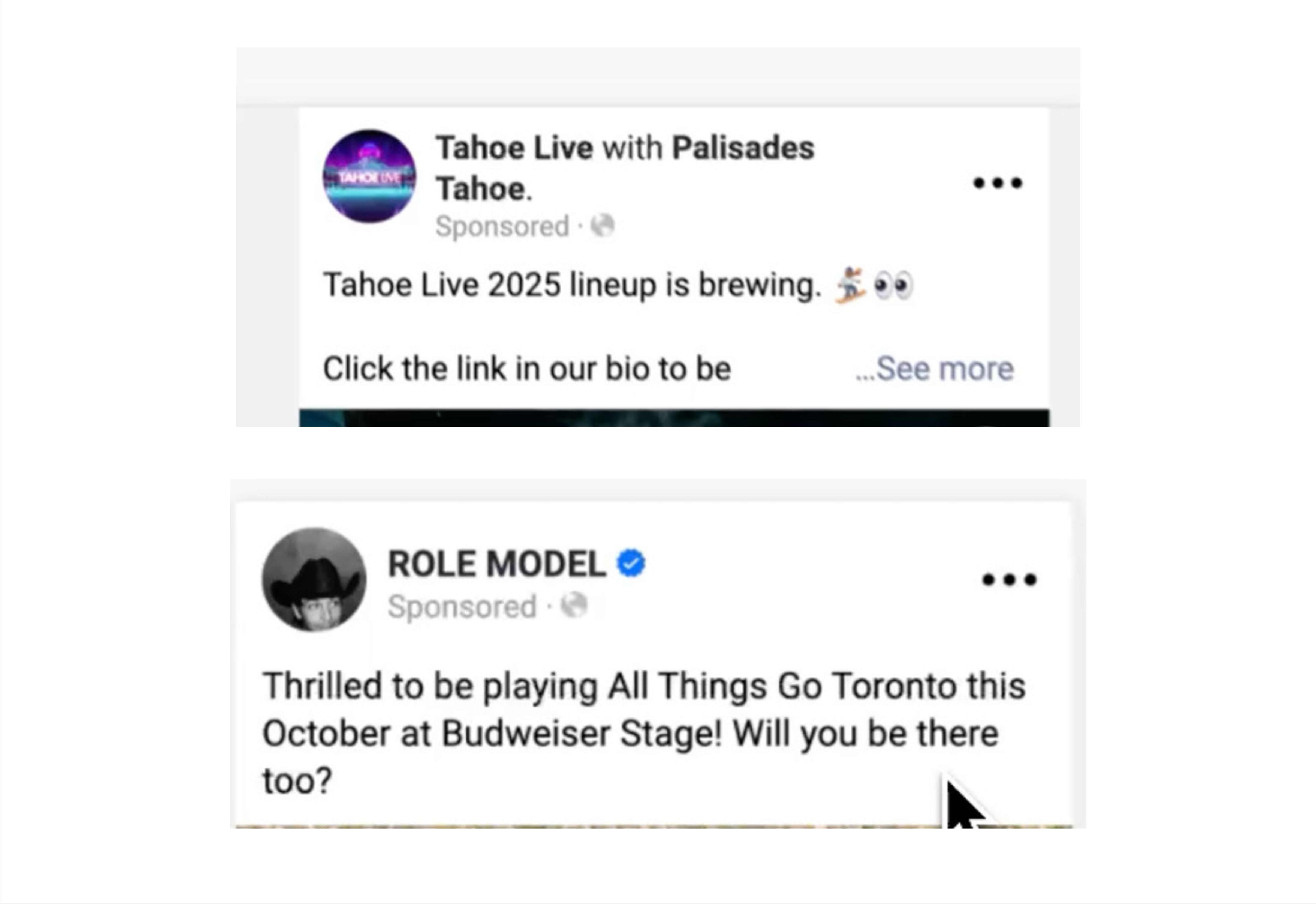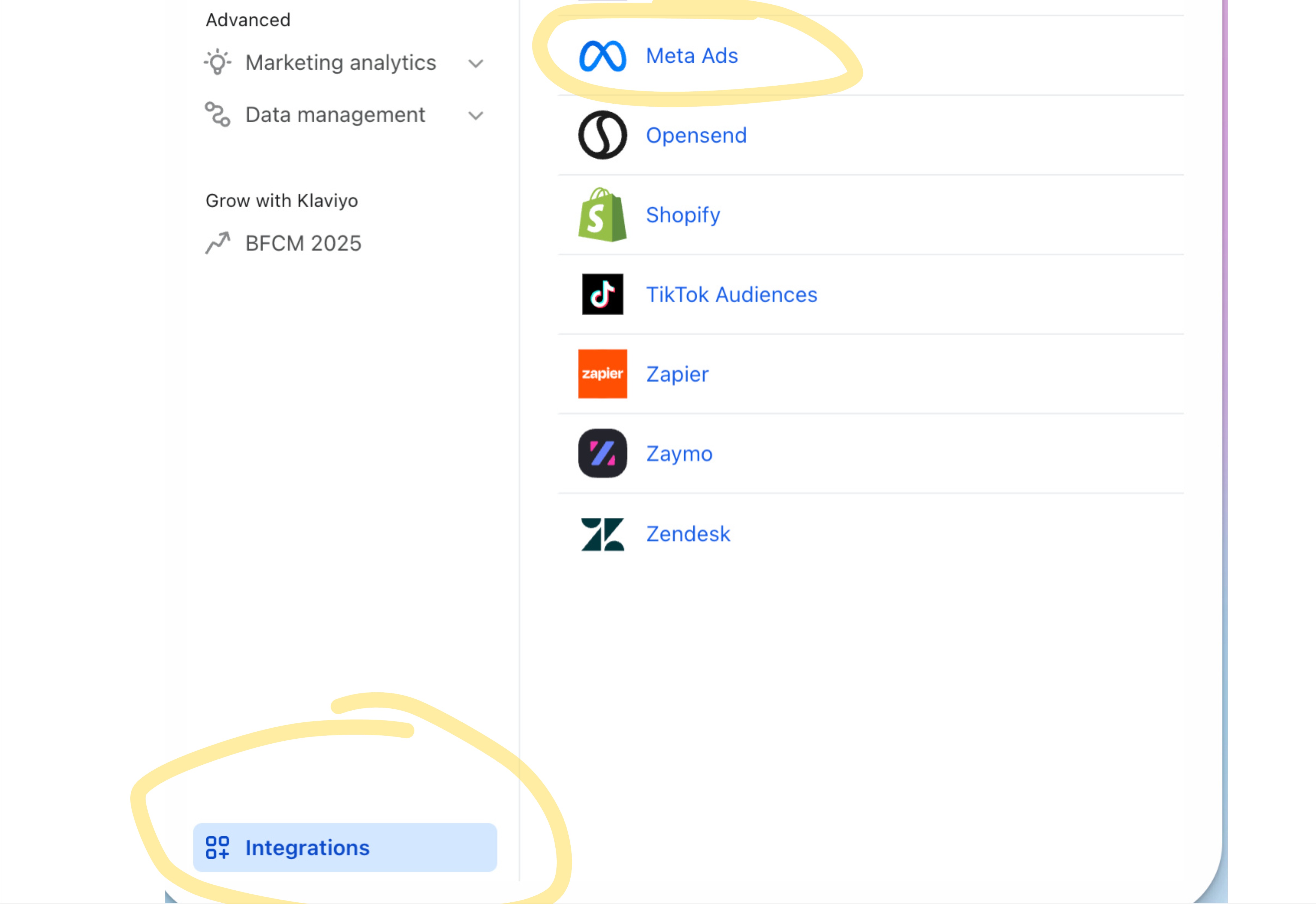Mastering effective creative strategy in DTC
Creative strategy matters more than most brands realize. Beyond simply driving engagement, your creative approach influences crucial backend processes in ad accounts that directly impact your campaign performance and cost efficiency.
In this guide, I'll break down why creative strategy is essential, explore the main creative types for Meta and other platforms, and share the pillar content types that should be present in every ad account.
Why Creative Strategy Matters
The Obvious Reasons
Good creative content converts. It drives people to your website, develops interest in your products, and moves customers through the funnel—from initial click-through to add-to-cart to completed purchase.
But great creative also plants seeds. Even when it doesn't generate an immediate purchase, it starts building a relationship. A viewer might follow you on Instagram, and over time, that initial spark grows into a conversion down the line.
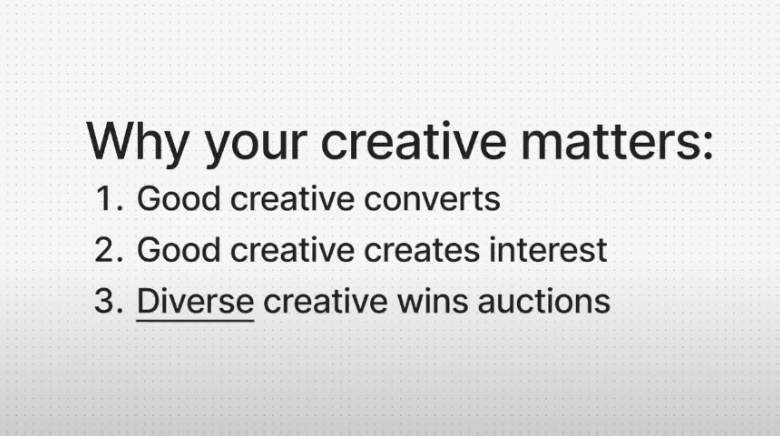
The Hidden Impact: Winning Ad Auctions
Here's what many brands miss: diverse creative wins auctions in your ad account.
Ad platforms don't simply show the ads they'll be paid the most for. If they did, we'd see nothing but low-quality "slop advertising" flooding our feeds from the highest bidders. This would drive users away from the platforms entirely.
Instead, ad auction systems consider multiple factors when determining which ads get placement:
- Willingness to pay
- Relevance to the user
- Likelihood of engagement
Your brand's reputation matters, but so do the media type and media angle. For example, if someone primarily engages with Reels, Instagram will prioritize showing them video content over static images.
This means to reach your entire audience, you must have both the media types AND the media angles they're most likely to engage with. You need diversity across pillar media types and variety in the specific angles you take within that media.
The Three Pillar Media Types
Before diving into creative angles, let's establish the three foundational media types every brand should utilize:
- Videos - Dynamic content that captures attention and tells stories
- Static Images - Clean, focused visuals that highlight key messages
- Carousels - Multi-tile formats that allow for robust storytelling or showcasing multiple products simultaneously
Within these three media types, you'll deploy various creative angles. While opinions vary on exactly how many pillar angles exist, I believe there are seven essential creative angles every brand should have in their ad account.

The 7 Essential Creative Angles
1. Product-Focused Ads
These ads feature crisp product photography with copywriting that enhances the visuals. Think catalog ads where the product does the talking.
Best for: Brands with visually distinctive products or strong design appeal
Performance: These typically drive strong purchase metrics when someone already has interest in your product category, but they're less effective at developing initial brand interest.
Example: Nike's simple product photography with minimal text overlays that let the sneaker speak for itself.
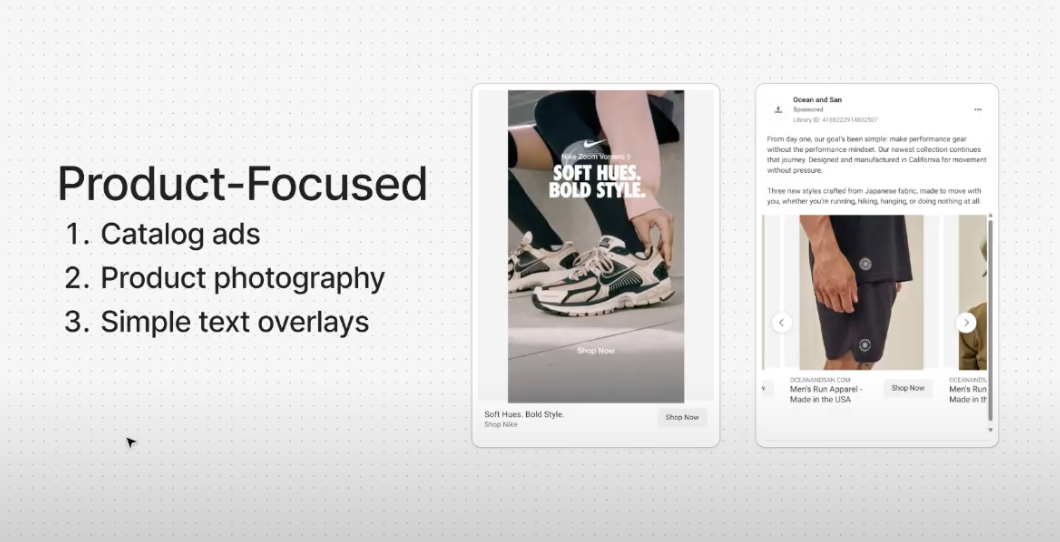
2. Educational Content
Educational ads include:
- Video walkthroughs demonstrating product use
- Founder videos explaining design ethos and rationale
- USP (Unique Selling Proposition) images highlighting what makes your product special
- Comparison ads positioning your product against market baselines
Best for: Products with complex features, innovative technology, or sustainability stories
Performance: Excellent for developing top-of-funnel interest and educating potential customers about why your product is different.
Example: Pela Case showing their sustainable manufacturing process, focusing on eco-friendly materials while giving viewers familiarity with what separates them from competitors.

3. Lifestyle and Brand Content
This angle sells the lifestyle and experience associated with your brand. It's about positioning yourself as a cultural force within your category.
Running brands excel at this—they generate interest in both the activity and their products, establishing themselves as category leaders.
Best for: Brands with strong identity and aspirational positioning
Performance: Builds long-term brand equity and emotional connection with your audience.
Example: A four-and-a-half-minute video of someone running through a city, showcasing the scenery and movement. It creates interest in both the activity and positions the brand as a creative voice within the running community.
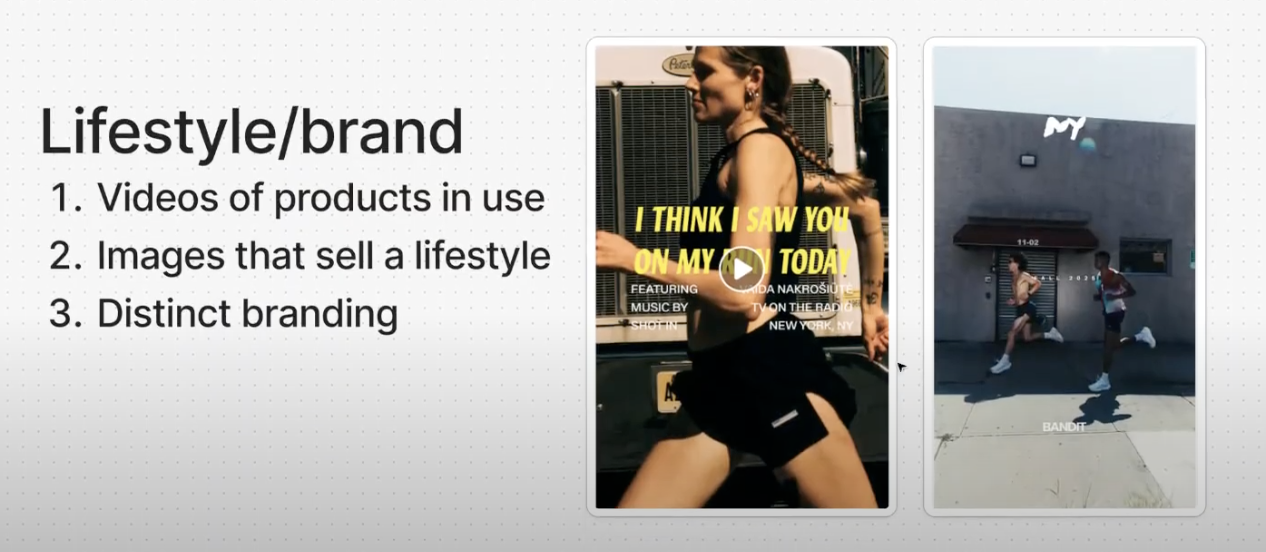
4. Reviews and Testimonials
This is classic social proof—5-star reviews and user quotes that show others have had positive experiences with your brand.
Best for: All brands (this is probably the easiest creative type to start with)
Why it works: When people see others having good experiences, they envision themselves having the same experience.
Pro tip: You likely already have a review database or comments on posts. Any nugget that gives you a unique angle can be turned into an eye-catching image with compelling social proof.
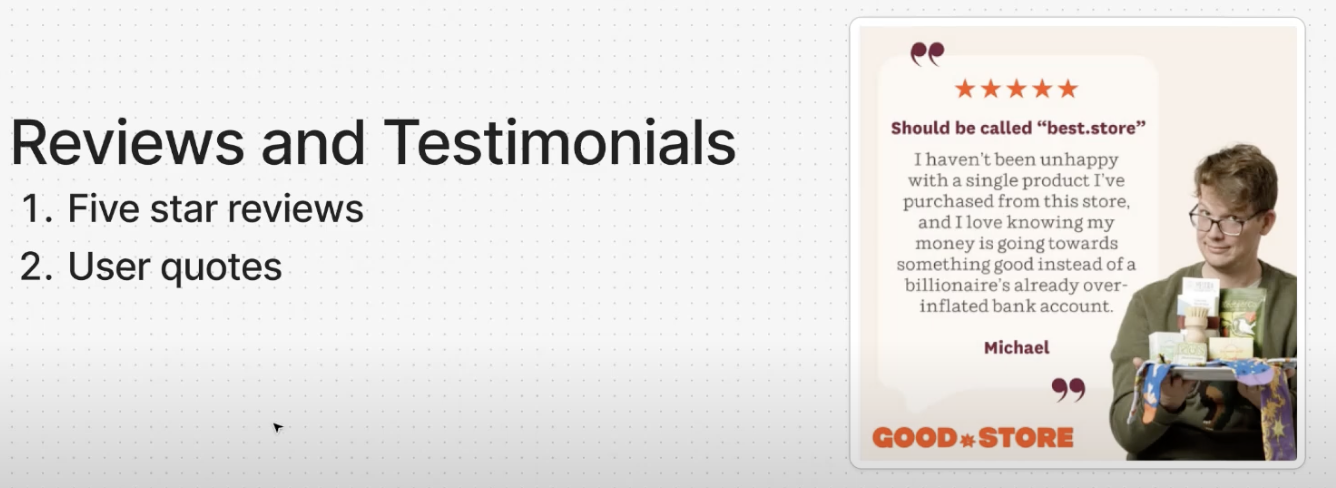
5. Press Quotes
Similar to user reviews but leveraging the credibility of reputable publications like Business Insider, GQ, or The New York Times.
This category also includes:
- List inclusions (e.g., "Top 20 Gifts for the Holidays 2025")
- "As Seen On" messaging
Best for: Brands with media coverage or product awards
Why it works: You can leverage the publication's branding within your ad, making your brand appear more reputable, reliable, and well-reviewed.
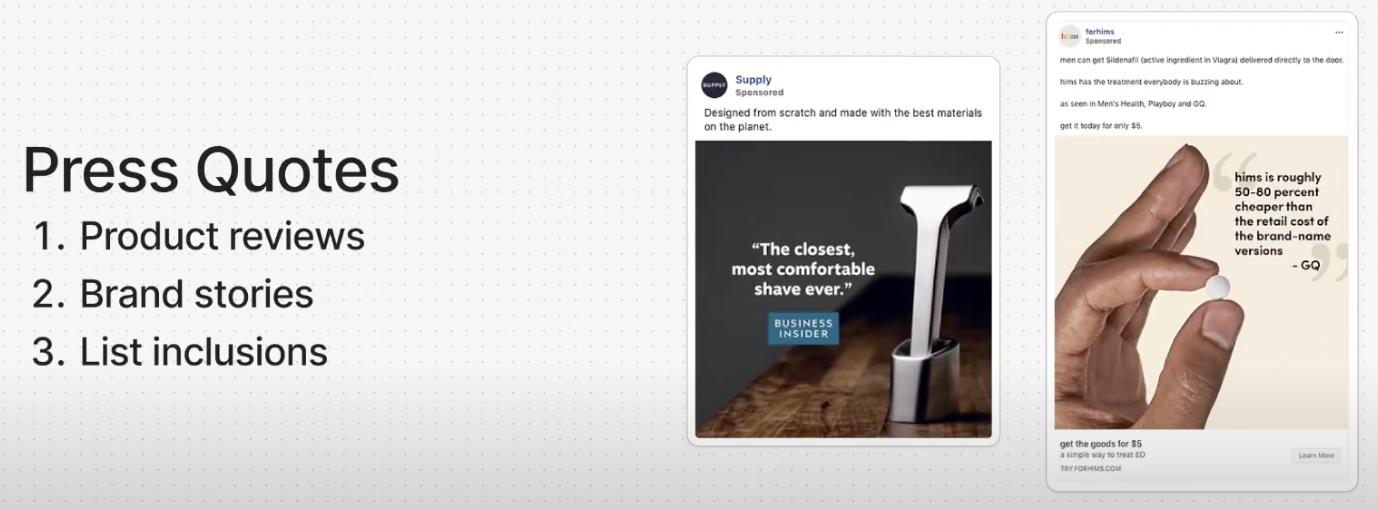
6. User-Generated Content (UGC)
UGC is one of the biggest creative angles right now, used by brands from the smallest startups to the largest corporations. Skincare companies are particularly effective with this format.
What makes UGC effective: These ads often don't register as advertisements to viewers initially. They look organic, like someone genuinely sharing their experience.
Performance: UGC typically performs exceptionally well because it shows how regular people use and benefit from the product in authentic contexts.
Example: Someone unboxing their new phone case, showing it to the camera, and explaining why they love it—all shot on a smartphone in natural lighting.

7. Collaborations and Partnerships
When working with influencers or brand partners, you can run content from both your brand account and their account on social platforms. This makes the content seem even more authentic and allows you to tap into their audience more effectively.
Best for: Brands with influencer partnerships or collaborative products
Why it works: Combines the authenticity of UGC with the reach and credibility of established voices in your niche.
Bonus: Promotional Content
Percentage-off deals, dollar-off discounts, bundles, buy-more-save-more offers, and free gifts with purchase thresholds.
Important note: These aren't typically evergreen ads. They run during sales periods or limited-time offerings—Black Friday, Boxing Day, or special promotions.
The halo effect: When you run promotional content, it doesn't just boost those specific ads. The positive effect spreads across your entire ad account, giving your whole campaign a lift.

5 Keys to Creative Performance Analysis
Once you're running all these different creative types, you need a framework for understanding what's working and how to iterate.

1. Let Your Winners Be Winners
If something is performing exceptionally well, don't try to topple it. Let it run and keep going. Only revisit when it starts to age and taper off.
Flooding your ad account with iterations of the same winning concept leads to:
- Loss of creative diversity
- Fewer opportunities to win different auctions
- Cannibalization of your initial ad's success
Don't rock the boat when something's working.
2. Embrace the 80-20 Rule
80% of your success will come from 20% of your creative. You'll create a lot of content, but only a small portion will become the ultimate winners driving the largest proportion of sales revenue.
Don't let the failures bog you down. Treat this like a lottery system where you're searching for that diamond in the rough. This is why creative volume is key.
3. Keep Your Pulse on Competitors
Use Meta's Ad Library to view what your competitors are currently running. Get ideas, understand what's working in your space, and adapt successful concepts to your brand.
The Ad Library is free and searchable by brand name—use this research tool regularly.
4. Balance Proven Success with New Ideas
If you only do what you've already done or what others are already doing, you'll face:
- Cannibalization effects
- Difficulty winning auctions against established incumbents
- Rising costs
Instead of just iterating on the same ideas, inject something new and unique. This helps you win different auctions and keep costs down.
5. Track Performance Systematically
At Artifex Digital, we track creative performance by individual ad and by ad type using a detailed naming convention that includes:
- Media type
- Creative angle
- Featured product
- Differentiating factors for quick identification
We monitor:
- Spend
- Purchases
- Revenue
- Cost per acquisition (CPA)
- Return on ad spend (ROAS)
- Average order value (AOV)
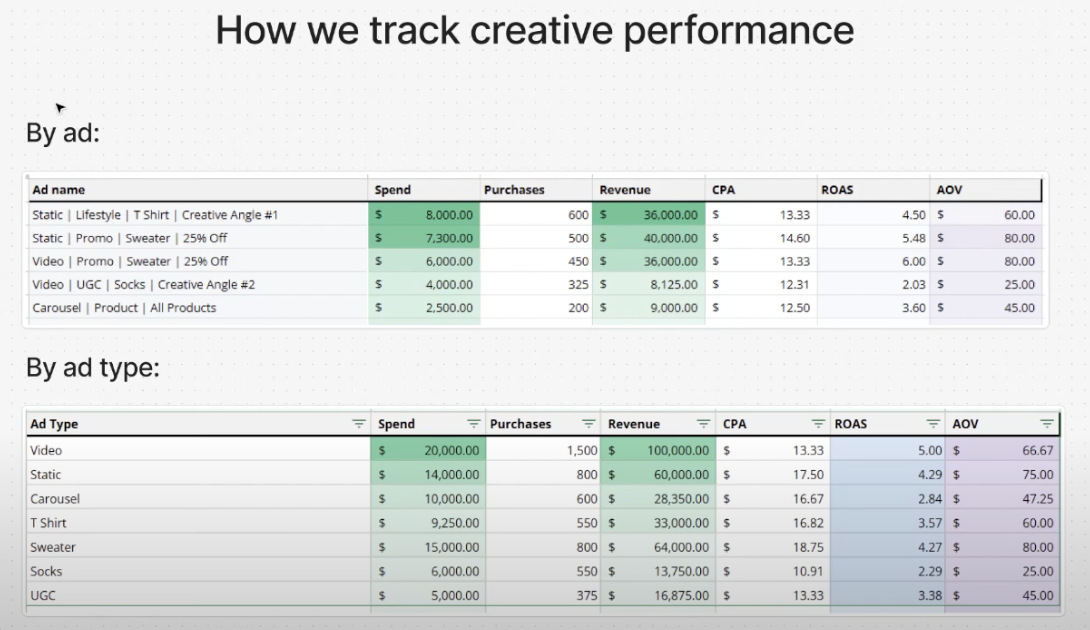
We generate these reports weekly or monthly to see how performance changes over time. When a previously successful ad starts tapering off, it's time to iterate with fresh creative in that category.
Creating Your Creative Brief
At Artifex Digital, we take all this performance data and use it to inform our creative briefs. These briefs provide direction on:
- Which ad types should be the focus for the next month
- How to incorporate your marketing calendar and upcoming events
- How different moments should be represented across ad types
Over time, you'll iterate, create new ideas, and test constantly. Some will work, some won't. But through this systematic lens, you get the clearest understanding of how your brand performs in the market and what drives that performance.
This allows you to continually develop new ideas or revisit old ones, driving sustained success while keeping your efficiency metrics stellar.
Need help developing your creative strategy? At Artifex Digital, we do this for our clients every day. If you have questions about your ads, creative direction, or where to take things next, reach out—we're happy to help.
Check out our other articles.
Get started today.
We only work with a handful of clients per year. If you're interested, book a discovery with our founder to see if this is a good fit.
What we do
Grow & scale your paid media program with a boutique team of eCommerce advertising pros.
Case studies
See what we've done for other brands and how we can help you. Read their stories.



